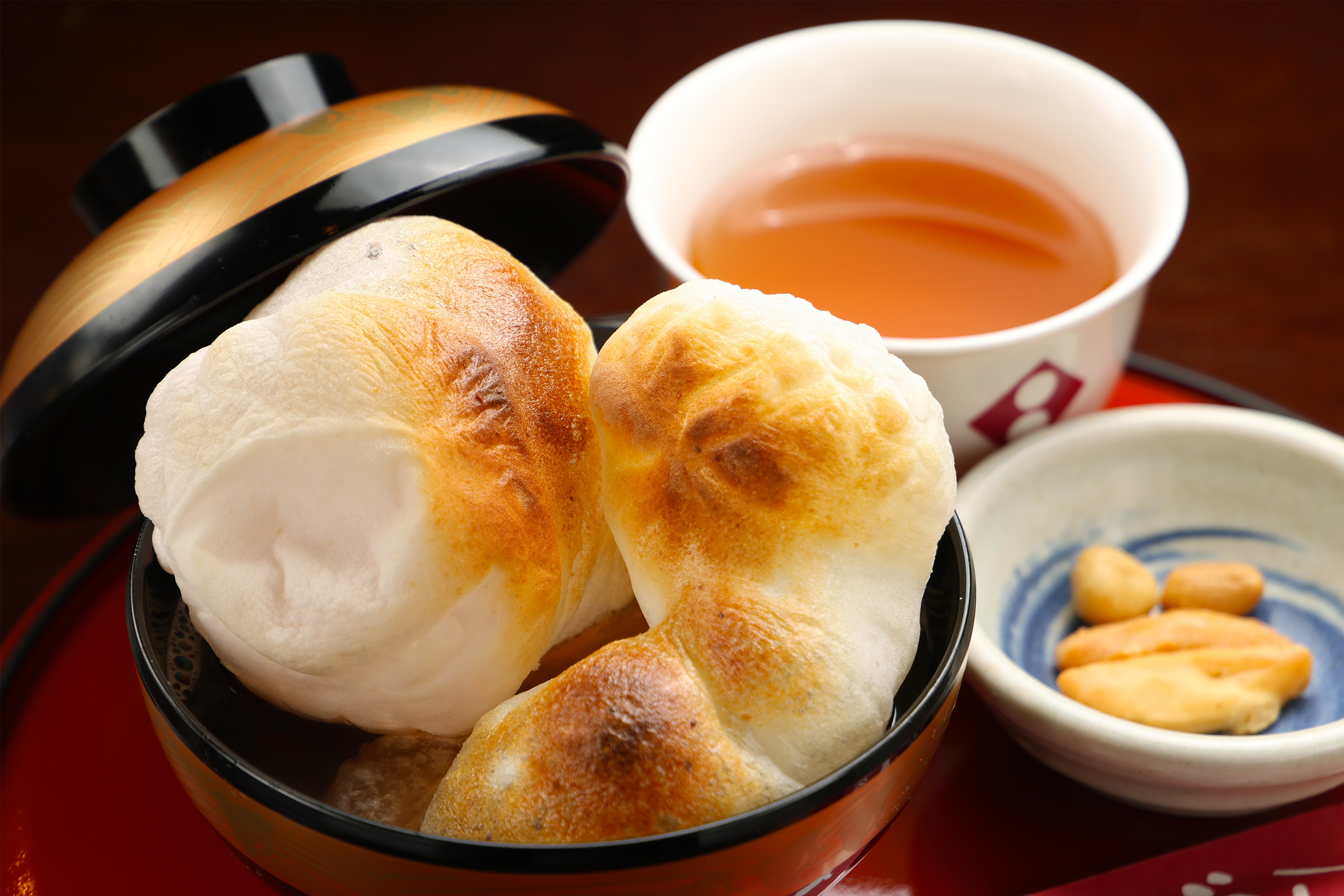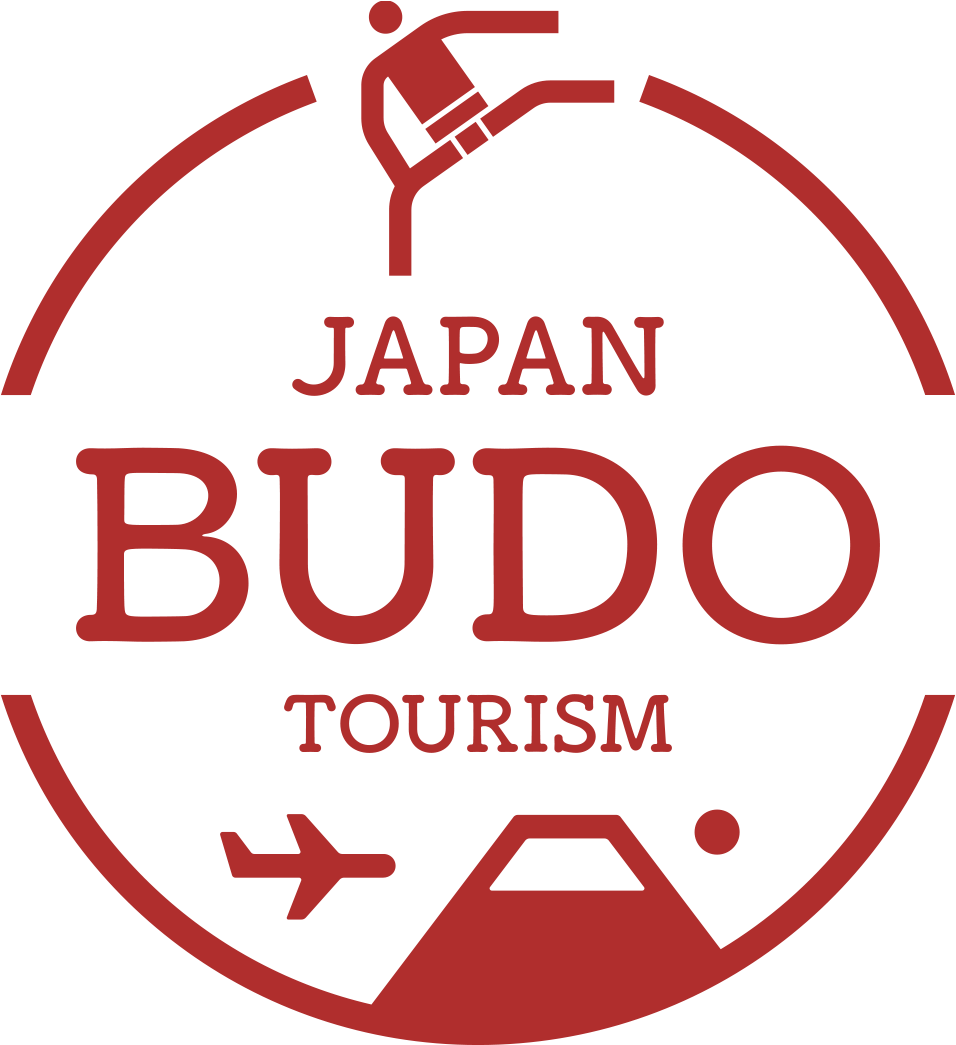Arukikata

It is a clashing head-to-head match-up. Traditional budo that has been continued for more than 1,500 years
Sumo is one of Japan’s leading traditional budo in which large-bodied sumo wrestlers wearing mawashi (loincloth) clash with each other at close range, using various techniques as well as strength. The history of sumo is more than 1,500 years and has transitioned from strength trials and wrestling matches. There are sports similar to sumo in various parts of the world, but in Japan, the origin of sumo can be found in the Kojiki (Records of Ancient Matters) and Nihon Shoki (The Chronicles of Japan) history books, where the legendary strength trials and battles watched by the emperor are recorded. It is said that it was not until the Edo period (1603-1868) that sumo wrestlers with a topknot tied around their head entered the ring to compete in one-on-one matches, as they do today. Sumo tournaments are held six times a year in odd-numbered months for 15 days each in Tokyo, Osaka, Aichi, and Fukuoka, and their powerful challenges overwhelm spectators.

A morning practice tour and Edo cultural experience in Sumida area, Tokyo, a sacred place for sumo
The Sumida area, which retains an atmosphere of downtown Tokyo. There are many sumo stables in this area, as the Ryogoku Kokugikan, the venue for the sumo tournaments, is located here. To become a sumo wrestler, one must belong to one of the sumo stables, and the wrestlers live in a group and train together under the supervision of a stablemaster, who is the head of the stable.
Sumo wrestlers basically practice early in the morning. In the special program, you can visit sumo stables, which are usually closed to visitors, and watch the practice. The details of the tour will vary according to each sumo stable, but care should be taken during practice, such as keeping private conversations to a minimum so as not to interrupt the concentration of sumo wrestlers.

Practice begins with basic exercises such as shiko (lifting the left and right legs high and lowering them), matawari (splitting the legs almost 180 degrees and placing the chest on the ground), and suriashi (shuffling). This is to strengthen the legs and hips and prevent injuries. A head-to-head training in which sumo wrestlers are divided into attackers and receivers and push their opponents out of the ring, is particularly powerful. The stablemaster gives precise instructions while observing the practice. The viewers also naturally become tense.

After the practice, it is time for a meal. The dish that sumo wrestlers eat is called chanko, and the one that is almost always made is a hot pot dish. It is filled with meat, vegetables, seafood, and other ingredients, and the seasonings and ingredients change depending on the day. Another attraction of this program is the opportunity to have a meal with the stablemaster and sumo wrestlers. You can share time with sumo wrestlers who are relaxing and enjoying a meal after an intense training session.


The Sumida area is dotted with spots where you can experience sumo culture. On the sidewalk of Kokugikan-dori Street leading to the Ryogoku Kokugikan, you can see statues of sumo wrestlers in various poses and the handprints of successive Yokozuna (grand champion sumo wrestler), making it a great spot for taking pictures. The nearby temple, Ekoin, also has a monument to Chikarazuka which is dedicated to successive sumo wrestlers and others.

There is an Edo Period Japanese garden called the Kyu-Yasuda Gardens built around a pond, within a few minutes’ walk from Ryogoku Kokugikan. It is a quiet, green, pleasant place to enjoy the natural scenery. The Japanese Sword Museum is adjacent to the north side. This facility preserves and exhibits Japanese swords and conveys the culture of Japanese swords, displays national treasure swords as well as sword accessories, armor, and ancient documents.


Sightseeing on a pleasure boat on the Sumida River, which flows through the Sumida area, is also recommended. Along with the modern cityscape, you can also view the downtown area and historical spots with remnants of the Edo period from the water.


Tracing the roots of sumo in the Izumo area of Shimane Prefecture
The Izumo area of Shimane Prefecture, which is considered to be the birthplace of sumo. Inasa-no-hama (Inasa Beach), which has a large rock called Bentenjima standing in a white sandy beach, is mentioned in the myth of the kuniyuzuri (transfer of the land) in Japan’s oldest book, Kojiki, and it is recorded that Takeminakata and Takemikazuchi had a strength trial on this Inasa-no-hama (Izasa-no-kohama).

A 20-minute walk east from here will take you to Izumo Taisha Shrine. The shrine is famous as a god of marriage, and its history is so ancient and sacred that it is mentioned in the Kojiki. The present main shrine was built in 1744 and is designated as a national treasure.

The Kaguraden is located to the west of the main hall, and the shimenawa (a sacred rope) in front of it is 13.6 m long and weighs 5.2 tons, which makes it one of the largest in Japan. Contrary to most shrines, at Izumo Taisha, the left side of the shrine is considered higher and the right side lower, so the shimenawa is stretched in the opposite direction.

The Nominosukune Shrine, an auxiliary shrine within the precinct, enshrines the god of sumo, who appears in the Nihon Shoki. Don’t miss the rabbits wearing sumo wrestler’s mawashi seated on both sides.


If you have come all the way to the Izumo area, go a little further and visit Sugaya Tatara Sannai. Tatara is an ancient Japanese ironmaking method that burns iron sand and charcoal to make iron, and the village (Sannai) where tatara craftsmen lived has been preserved as it was then. The high hall of the building where the ironmaking furnace had operated for about 170 years, is a must-see.

In addition, at the Tatara Forge Workshop, visitors can actually try their hand at forging, and enjoy making paper knives and authentic Japanese copper knives.


And the specialty of this area is Izumo Soba. Soba, made by grinding unhulled buckwheat, is characterized by its dark color, rich aroma, and high nutritional value. Cold wariko soba and warm kamaage soba is available, and you can pour your own dipping sauce to make it as thick as you like. There are many soba restaurants around Izumo Taisha area alone, including Arakiya, a famous Izumo Soba restaurant that has been in operation for about 220 years.

Another specialty is zenzai, which is sweetly boiled down adzuki beans, which is said to have originated in Izumo. It is said that jinzaimochi, which was served to the eight million gods gathered from all over Japan during the Kamiari Festival in October of the lunar calendar, became zenzai after being corrupted. There are many restaurants that serve zenzai, and at the Otsumami Kenkyusho Taisha Monzen Lab & Nihon Zenzai Gakkai Ichigoten, you can enjoy six kinds of zenzai on a regular basis, including zenzai served with yakimochi (grilled rice cake) so large that the bowl overflows.


